Hawker Hunter F. Mk. 1 RAF
Production Time 9 to 10 weeks
Shipment is by FedEx, UPS or DHL International Express Courier with a normal door-to-door delivery time worldwide of within 2-3 business days after dispatch. Due to the current volatility of world fuel prices, the amount mentioned here is our best estimate for DHL and UPS and may be subject to change at the time of shipping.

Model Description: Hawker Hunter F. Mk. 1 RAF Wood Replica Scale Custom Model Aircraft
Manufacturer: Hawker Siddeley
Wingspan: 12.5 Inches (31.8 Centimeters)
Height: 4.9 Inches (12.5 Centimeters)
Scale: 1:32
$259.50
Production Time 9 to 10 weeks
-
United States dollar ($)
-
Pound sterling (£)
-
Euro (€)
-
Australian dollar ($)
-
Canadian dollar ($)
-
Singapore dollar ($)
-
Swiss franc (CHF)
-
Japanese yen (¥)
-
Danish krone (kr.)
-
Hong Kong dollar ($)
-
Norwegian krone (kr)
-
Swedish krona (kr)
-
United Arab Emirates dirham (د.إ)
General Product Description
Our PlaneArt Hawker Hunter F. Mk. 1 RAF model exhibits unique, unrivaled quality and detailed design to come as close as possible to the accuracy of the actual plane. It comes as standard with a robust, durable base or stand which is available in a variety of different finishes designed to match your own personal requirements including solid wood, wood with polished metal supports or adjustable wood wall mount and will be ready within about 9-10 weeks from placement of order.
The Hawker Hunter F. Mk. 1 RAF model is made of the finest kiln dried renewable mahogany wood (commonly known as Lauan or Meranti) which has undergone many stages of carving and meticulous and careful sanding giving the beautiful, finished museum quality masterpiece. Many collectors and model connoisseurs demonstrate their preference for genuine handmade and hand painted mahogany wood models rather than plastic or die cast (diecast) alternatives due to the overall look and totally different feel of the item - we trust you will find the same. We can however, if required produce the same model in Solid Cast Resin so just click and contact us for further information. Our craftsmen and gifted artisans ensure that our finely handcrafted model airplanes match the precise blueprint details of the original aircraft. The paint scheme, markings and parts are closely matched, reflecting the original aircraft. This stylish top-quality desktop replica model will surely enthrall anyone who receives this as a gift and for sure one of the most appropriate and desirably collectable gifts for any aviation enthusiast or avid military jet aircraft collector whilst also displaying a perfect resemblance to the actual real life version.
There are many types of military jet aircraft, but the basic types are bombers, fighters, fighter bombers, spotter planes, transporters, patrol aircraft, trainers, and reconnaissance and observation aircraft. All these types of aircraft are used for different types of missions. If you're a fan of historic or present-day military aviation, our model aircraft will bring the excitement and character of these aircraft right into your own home.
If you require, we can also make the Hawker Hunter F. Mk. 1 RAF model in any other military, government or even private livery or colour scheme you require and if necessary, in a different size or scale. Just click here to contact us with a description or photographs of what you require, and we will let you have a quotation for the necessary customization by return email. We can also make bespoke scale replicas of any other private / civil commercial airliner or airliners, helicopter, glider, gliders with engines, military propeller, warplane jets, biplane, triplane, tail fin, spacecraft, rocket or NASA model you require in any airline, military or civilian livery or colors. We also produce model airships, blimps, dirigibles, blimps, boats, and ship collectibles. Wall plaque or seal for military, government or private customers. Again, by clicking here to contact us just let us know exactly what you need.
Hawker Hunter F. Mk. 1: A Technical Overview
The Hawker Hunter F. Mk. 1 is one of the most iconic British jet aircraft of the post-war era. Introduced in the early 1950s, the Hunter was designed to meet the Royal Air Force’s (RAF) need for a modern, high-speed jet fighter. Its sleek design, high performance, and operational reliability made it a favorite among pilots and a crucial part of the RAF’s capabilities during the Cold War.
Design and Development
The Hawker Hunter was developed by Hawker Aircraft Ltd, led by the renowned British aircraft designer Sir Sydney Camm. The design of the Hunter began in the late 1940s as a response to the RAF’s Operational Requirement for a new day fighter, capable of achieving higher speeds and better operational performance than its predecessors like the Meteor and the Vampire.
One of the key features of the Hunter’s design was its emphasis on speed and maneuverability. It featured a swept wing design, which was becoming a standard for achieving high speeds. The Hunter was also one of the first jet fighters to have its air intakes positioned at the wing roots, reducing aerodynamic drag and improving performance.
Key Specifications:
Performance:
- Engine: The Hunter F. Mk. 1 was powered by a Rolls-Royce Avon 113 turbojet engine, which produced a thrust of about 6,500 pounds. This engine was known for its reliability and relatively simple maintenance, contributing to the Hunter’s operational efficiency.
- Top Speed: Approximately 710 miles per hour (Mach 0.92) at sea level, which made it one of the fastest aircraft at the time of its introduction.
- Service Ceiling: The aircraft could operate at altitudes up to 50,000 feet, allowing it to perform high-altitude intercept missions effectively.
- Range: The Hunter F. Mk. 1 had an operational range of about 445 miles, which could be extended with external fuel tanks.
Armament:
- Guns: The Hunter F. Mk. 1 was initially equipped with four 30 mm ADEN cannons, a significant upgrade in firepower over the earlier 20 mm cannons used in many post-war British fighters.
- Hardpoints: It had four hardpoints capable of carrying a range of external stores, including bombs and rockets. This capability made the Hunter not only a formidable air-to-air combatant but also effective in a ground-attack role.
Avionics:
- Radar: Early versions of the Hunter, including the F. Mk. 1, lacked sophisticated radar systems, which limited their role to clear-weather daylight operations. However, later versions saw improvements in this area.
Operational History:
The Hunter F. Mk. 1 entered service with the RAF in 1954. Despite some initial issues with handling at high speeds and a tragic accident at the 1952 Farnborough Airshow, the Hunter quickly proved to be a highly capable fighter. Its ease of maintenance and operation made it popular among air forces worldwide, and it was exported to many countries.
Over its service life, the Hunter was adapted into more than a dozen variants, serving roles from advanced trainers to dedicated ground-attack aircraft. Its longevity in service is a testament to the soundness of its original design. Many Hunters continued to fly in various roles across the globe well into the late 20th century, with some still in service today in limited roles.
Legacy:
The Hawker Hunter F. Mk. 1 marked a significant step forward in jet fighter design and capability. Its introduction into the RAF and subsequent service record underscored the UK’s role as a leading developer of military aircraft during the Cold War. The Hunter remains a beloved aircraft among aviation enthusiasts and a proud symbol of Britain’s aerospace heritage.
| Weight | 6 kg |
|---|---|
| Dimensions | 17 × 12.5 × 4.9 in |
Be the first to review “Hawker Hunter F. Mk. 1 RAF” Cancel reply
Similar Models
Helicopters
Military Airplanes - Propeller
Military Airplanes - Propeller
Military Airplanes - Propeller
Private & Civilian
Private & Civilian
Military Airplanes - Propeller
Military Airplanes - Propeller
Military Airplanes - Propeller
Military Airplanes - Propeller
Military Airplanes - Propeller
Military Airplanes - Propeller
Military Airplanes - Propeller
Military Airplanes - Propeller
Boats, Ships & Submarines
Boats, Ships & Submarines
Military Airplanes - Propeller
Military Airplanes - Propeller
Military Airplanes - Propeller
Military Airplanes - Jet
Military Airplanes - Jet
Military Airplanes - Jet
Military Airplanes - Jet
Military Airplanes - Propeller
Military Airplanes - Propeller
Military Airplanes - Jet
Military Airplanes - Jet
Military Airplanes - Jet
Military Airplanes - Jet
Military Airplanes - Propeller
Military Airplanes - Jet
Military Airplanes - Propeller
Military Airplanes - Propeller
Private & Civilian
Military Airplanes - Propeller
Military Airplanes - Propeller
Private & Civilian
Israel Aircraft Industries IAI-1124 Westwind TNT Air Couriers
Military Airplanes - Propeller
Military Airplanes - Jet
Military Airplanes - Jet
Military Airplanes - Jet
Military Airplanes - Jet
Military Airplanes - Propeller
Military Airplanes - Propeller
Military Airplanes - Jet
Military Airplanes - Jet
Military Airplanes - Jet
Military Airplanes - Jet
Military Airplanes - Propeller
Military Airplanes - Jet
Military Airplanes - Jet
Military Airplanes - Propeller
Military Airplanes - Propeller
Military Airplanes - Propeller
Military Airplanes - Propeller
Military Airplanes - Jet
Military Airplanes - Jet
Military Airplanes - Propeller
Military Airplanes - Jet
Private & Civilian
Military Airplanes - Jet
Military Airplanes - Propeller
Private & Civilian
Military Airplanes - Propeller
Military Airplanes - Jet
Military Airplanes - Propeller
Military Airplanes - Propeller
Military Airplanes - Propeller
Military Airplanes - Propeller
Military Airplanes - Propeller
Military Airplanes - Propeller
Military Airplanes - Jet
Military Airplanes - Jet
Private & Civilian
Military Airplanes - Jet
Military Airplanes - Jet
Helicopters
Helicopters
Helicopters
Military Airplanes - Propeller
Helicopters
Military Airplanes - Jet
Blackburn Buccaneer RAF 237 Operational Conversion Unit OCU Squadron
Military Airplanes - Propeller
Private & Civilian
Military Airplanes - Jet
Military Airplanes - Jet
BAe British Aerospace Hawk T.1 Mk.1 Royal Air Force RAF Red Arrows
Military Airplanes - Jet
Military Airplanes - Propeller
Military Airplanes - Propeller
Military Airplanes - Propeller
Military Airplanes - Propeller
Military Airplanes - Propeller
Military Airplanes - Propeller
Military Airplanes - Propeller
Military Airplanes - Propeller
Military Airplanes - Propeller
Private & Civilian
Private & Civilian
Helicopters
Private & Civilian

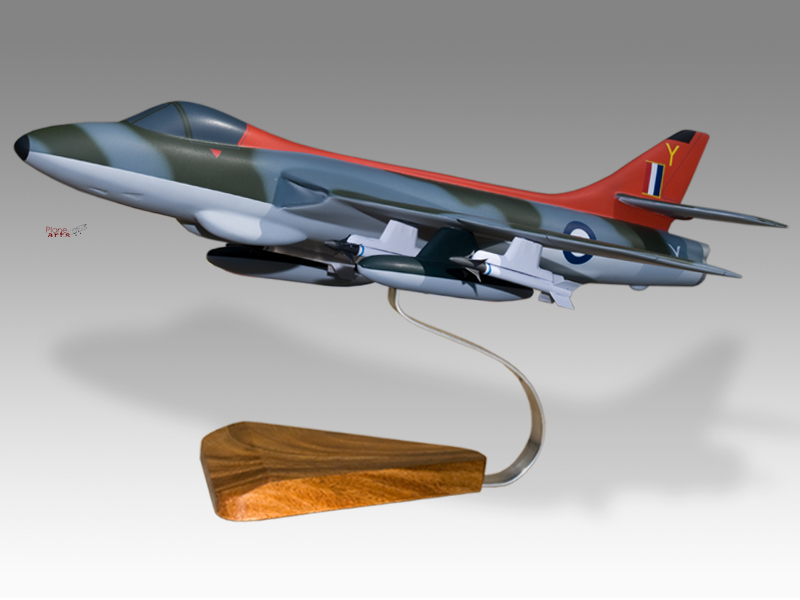
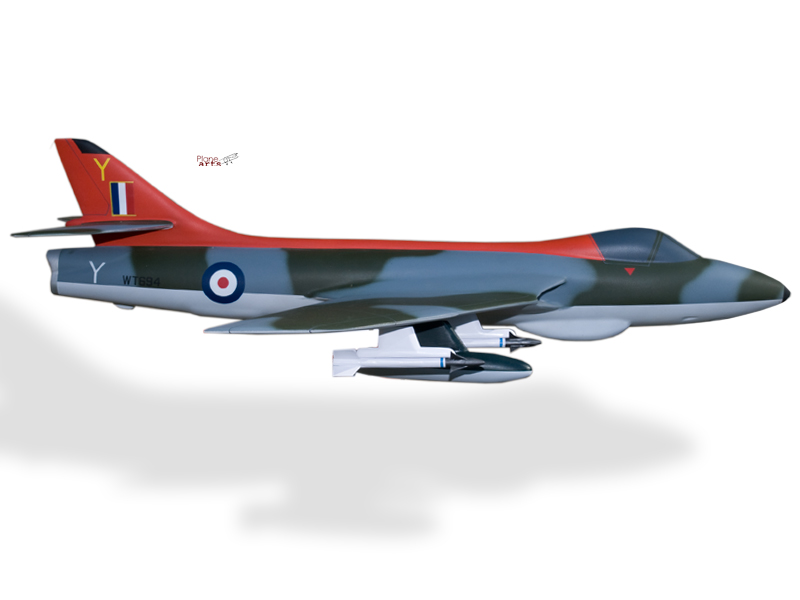
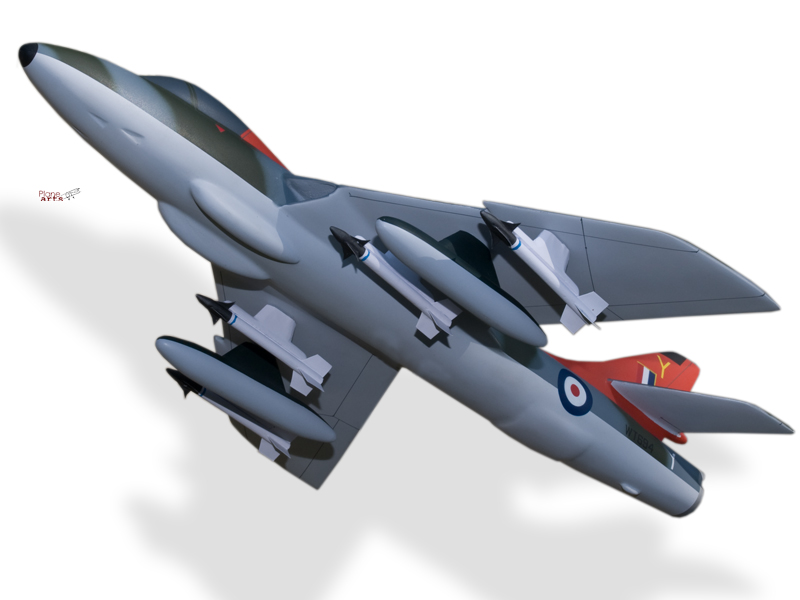
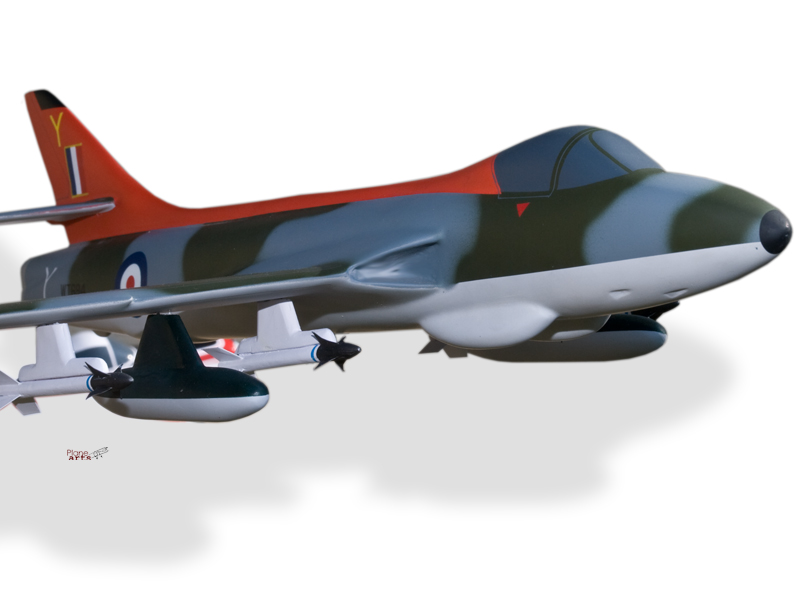
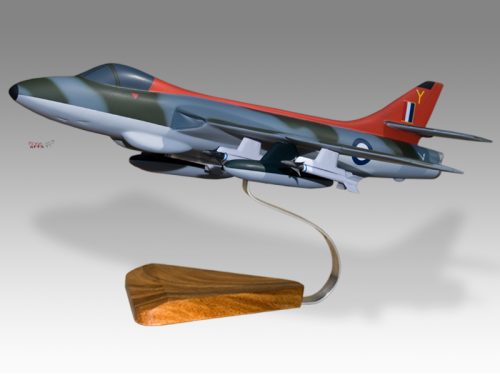
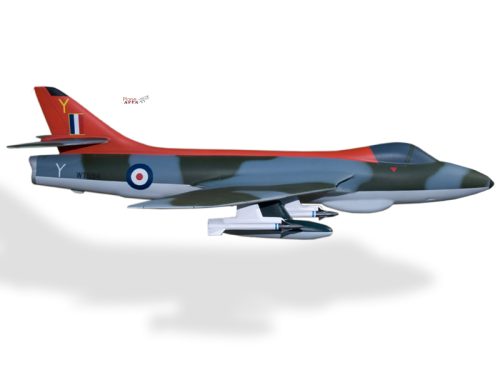

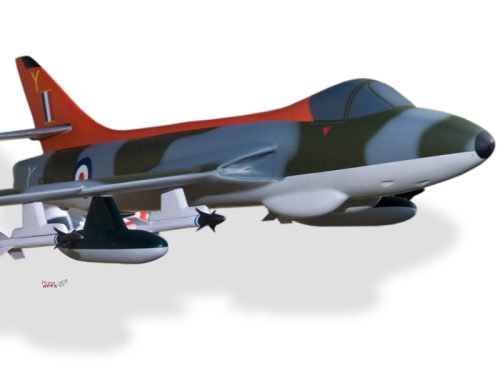
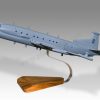
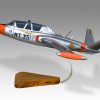
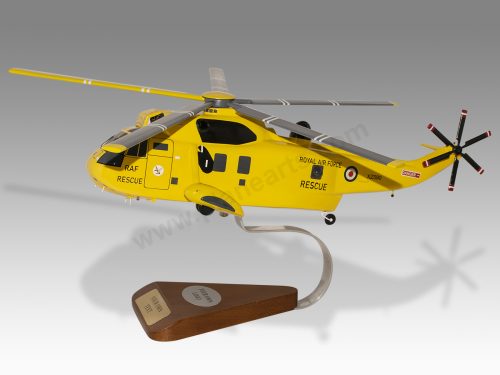
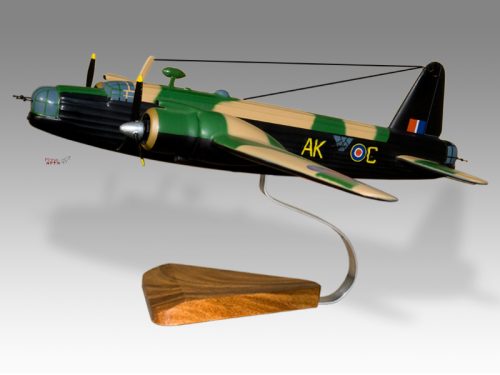

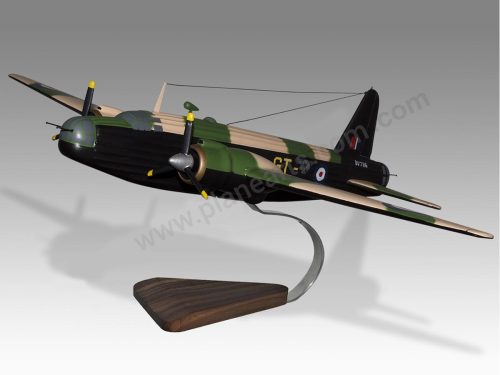

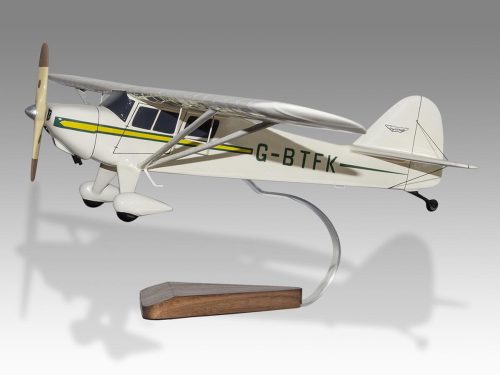
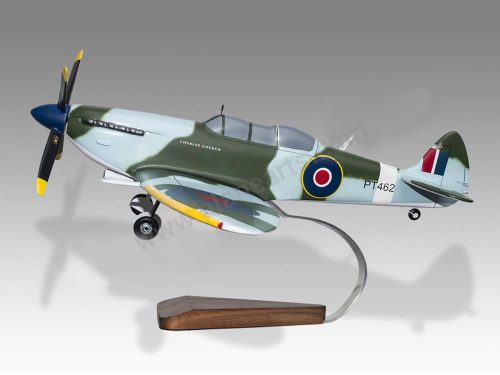
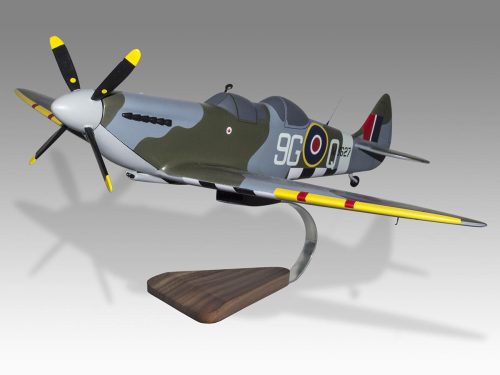
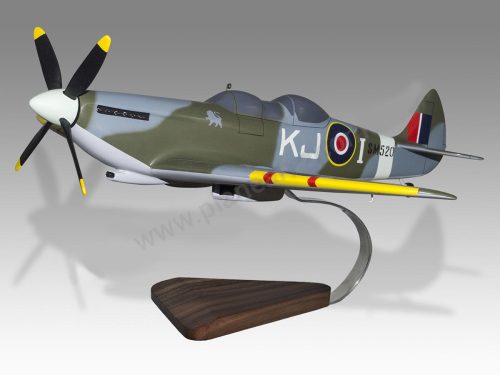
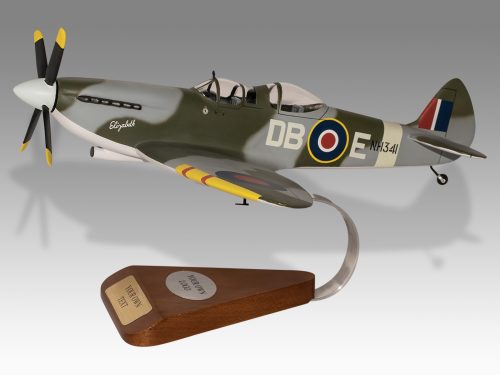
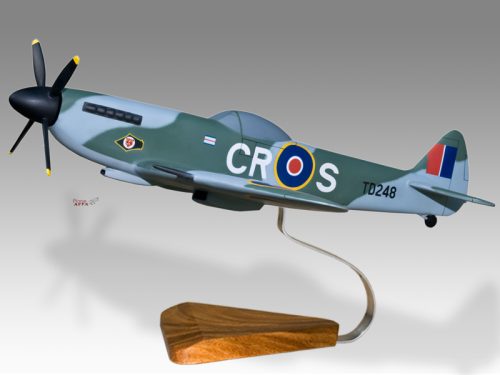
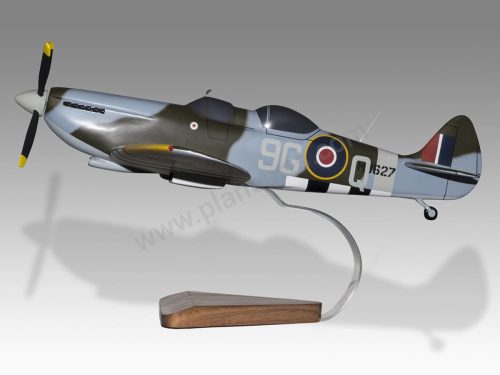
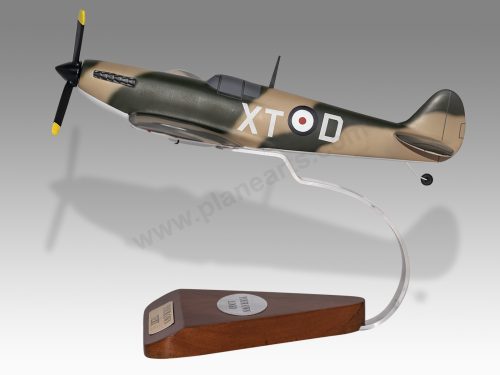
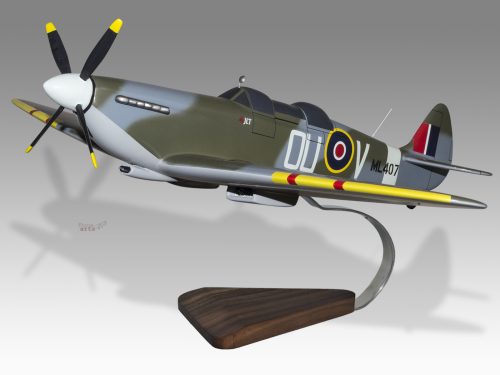




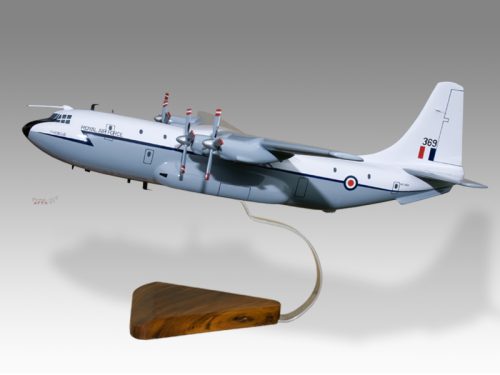

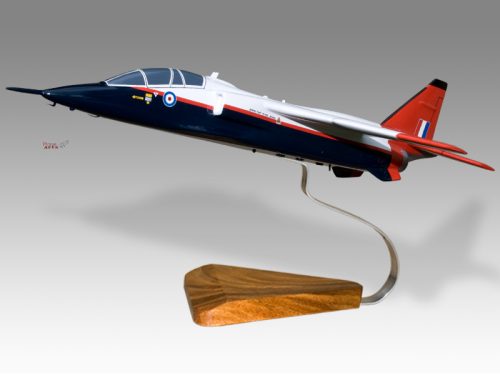
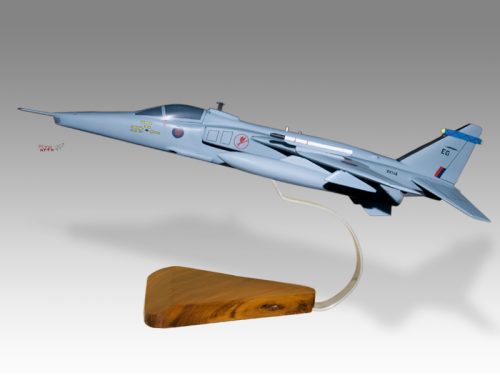
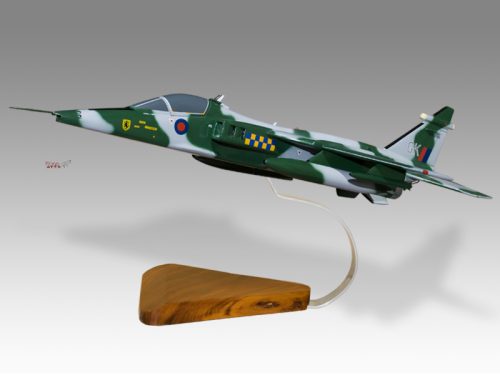
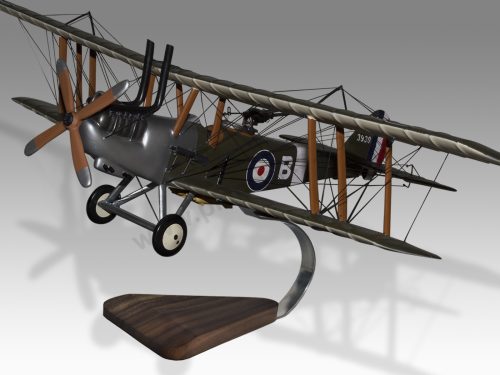
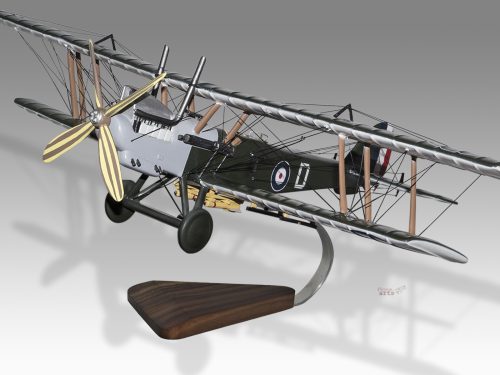
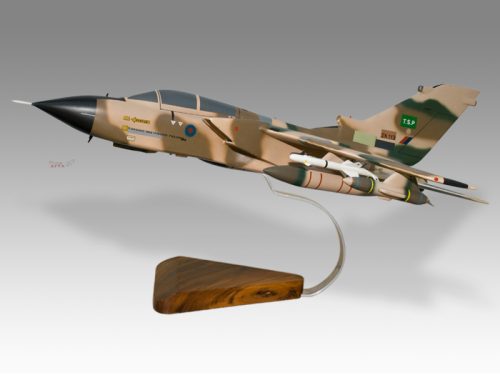
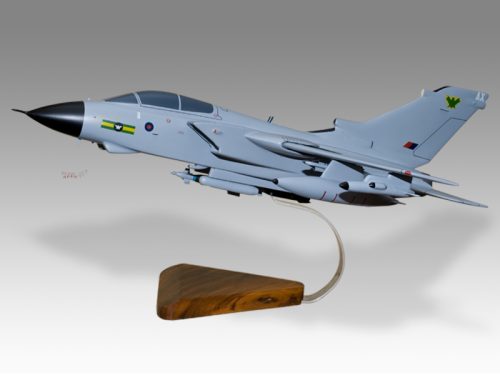
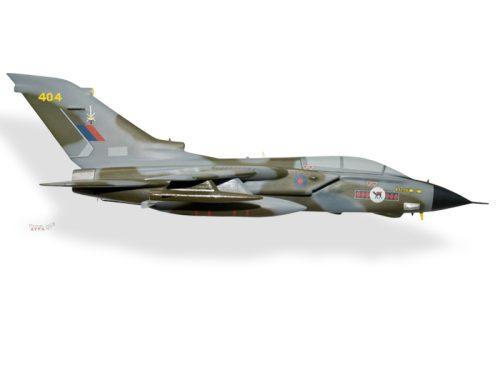
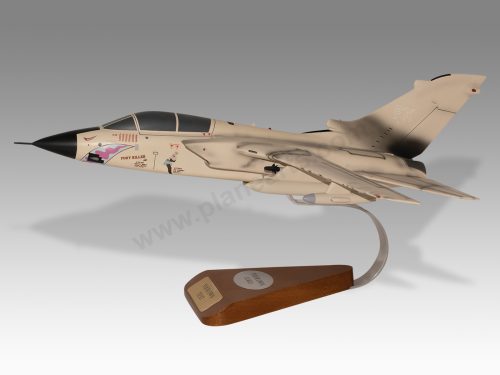
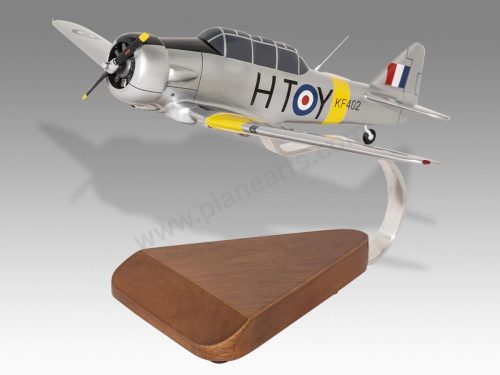

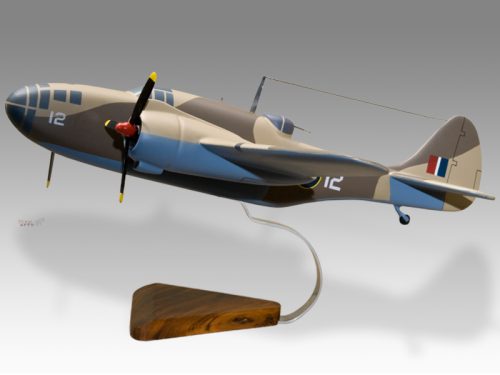
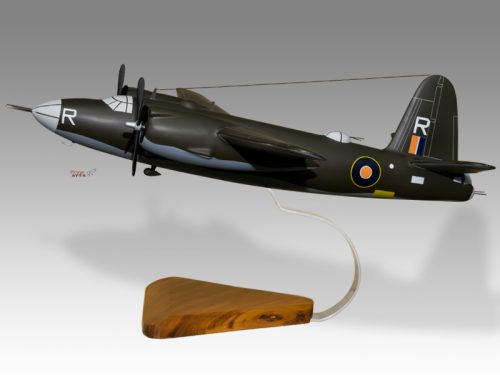

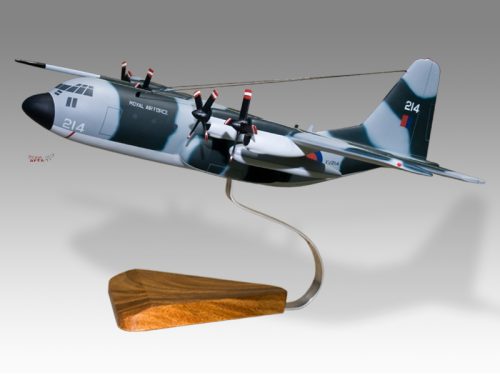



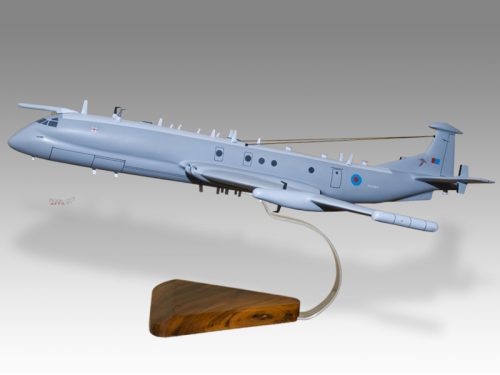
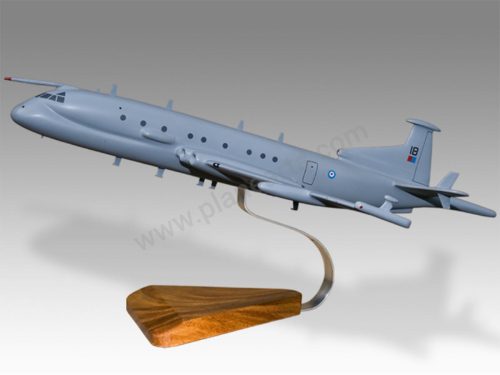


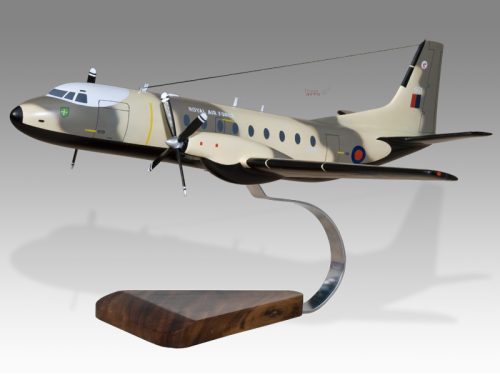


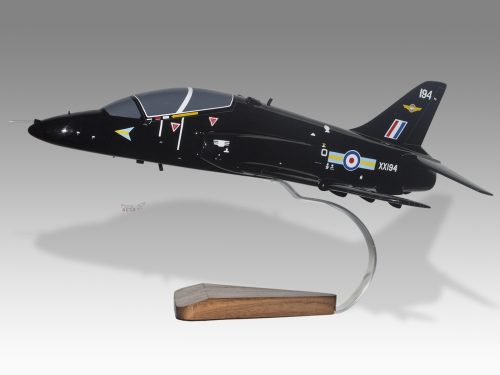
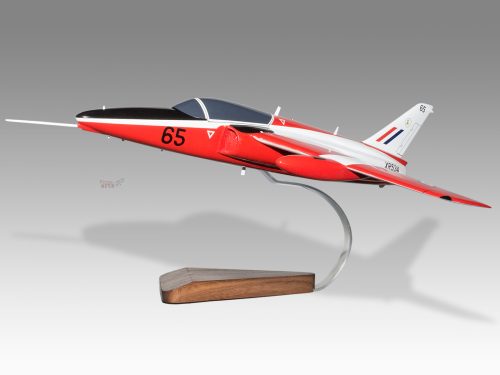
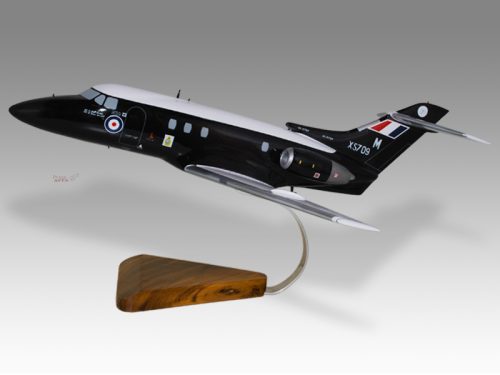
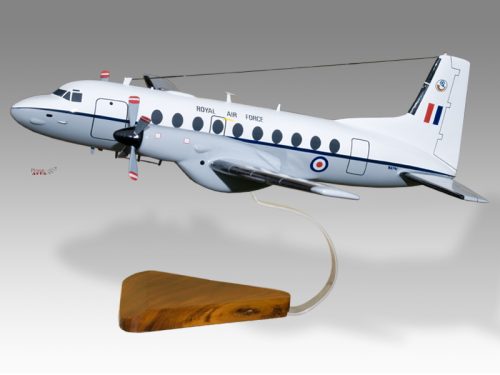
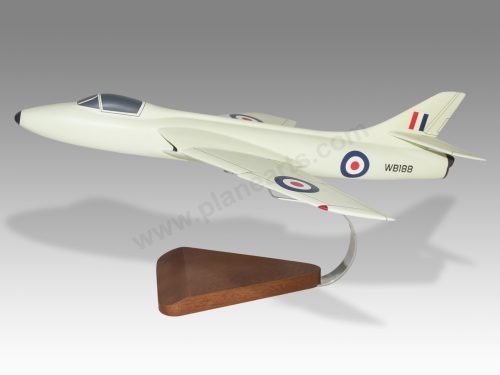

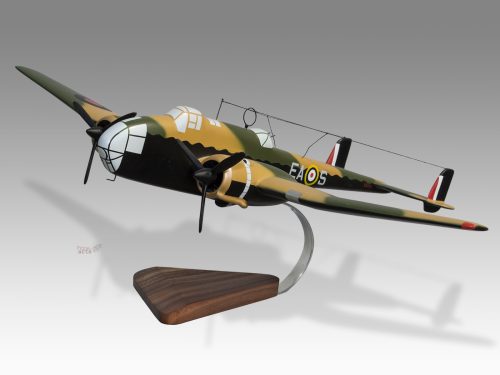

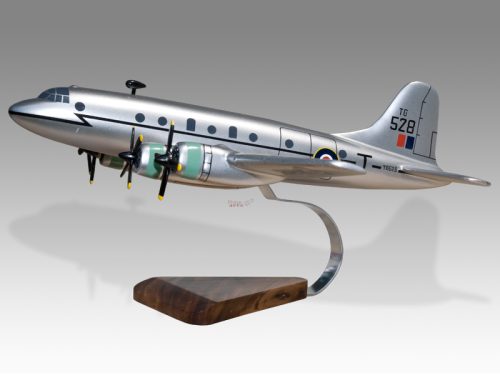
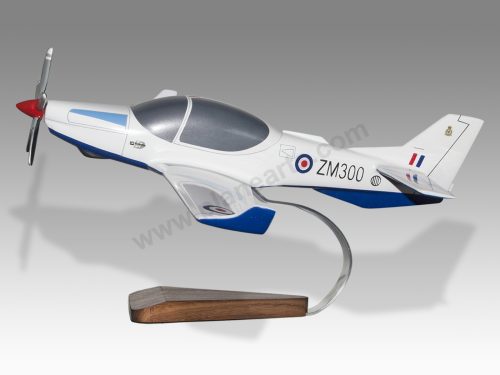

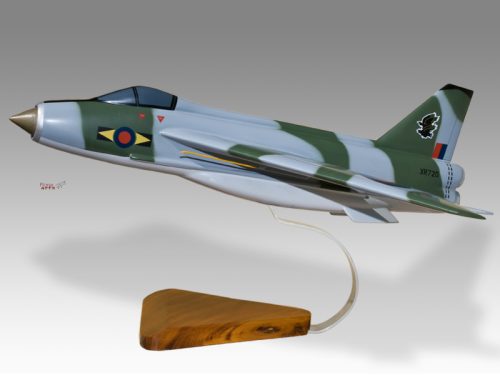


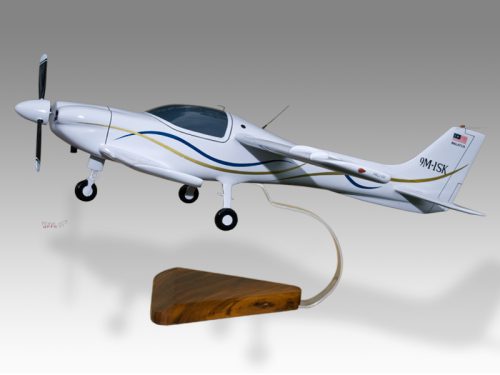
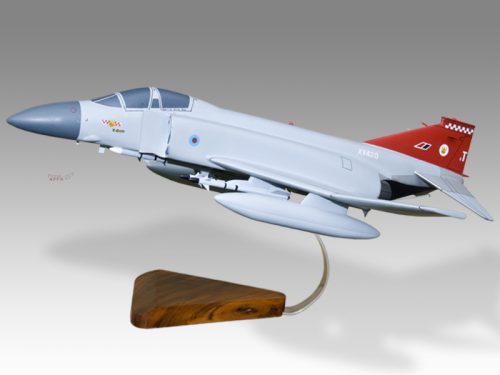
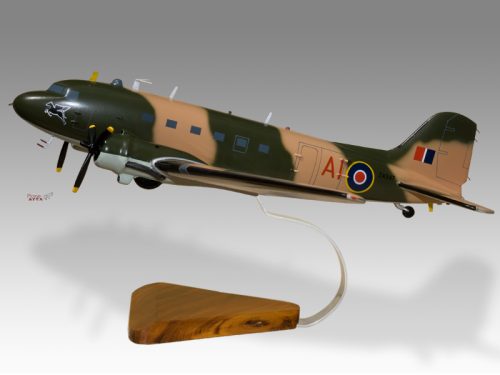

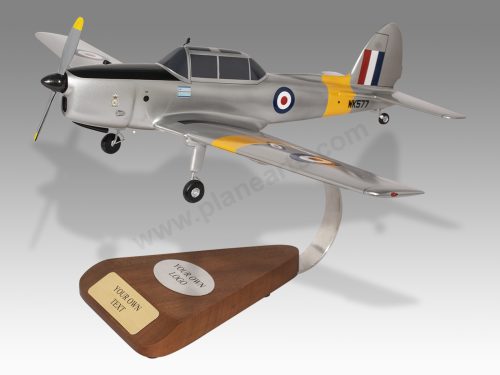
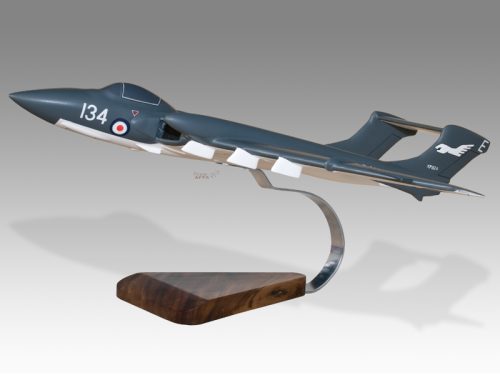
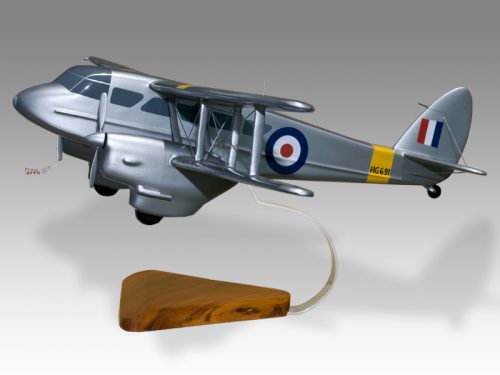
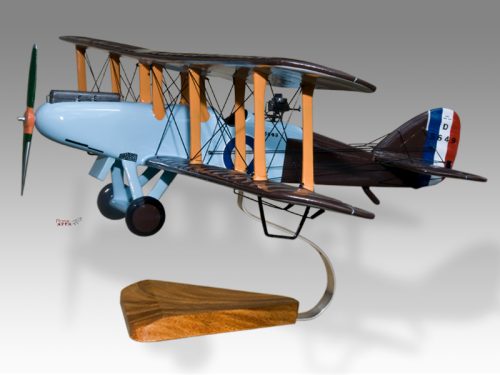
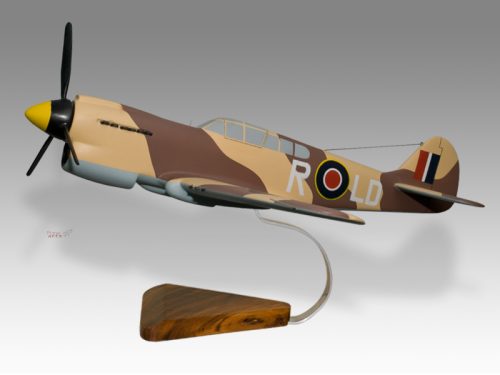

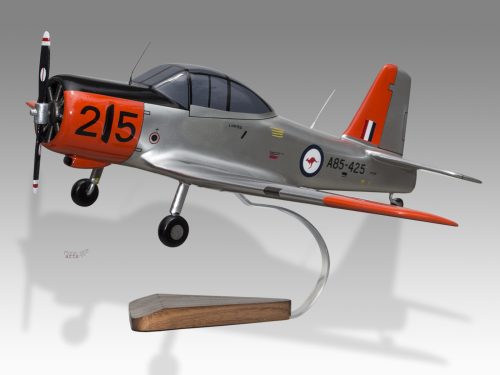

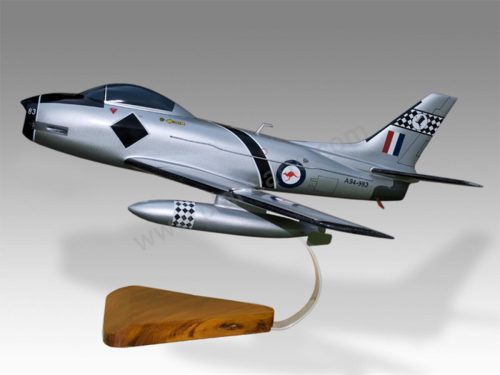
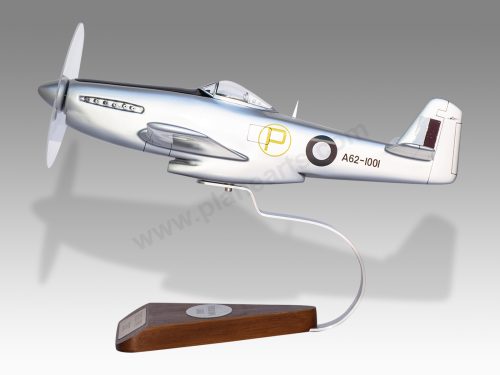
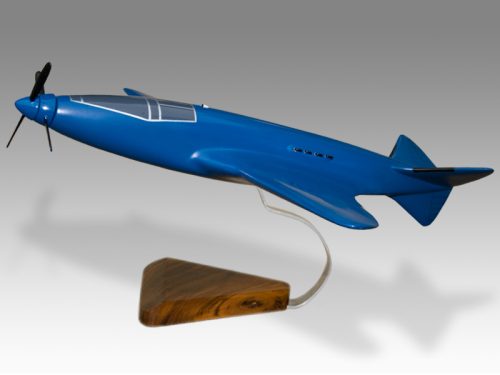
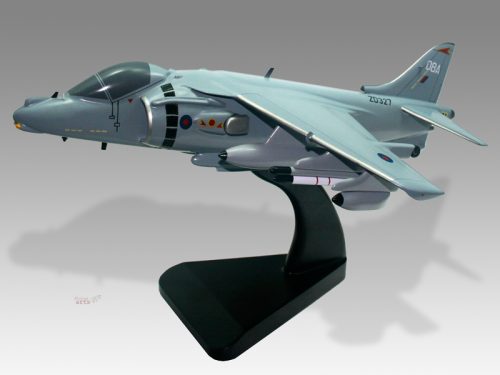
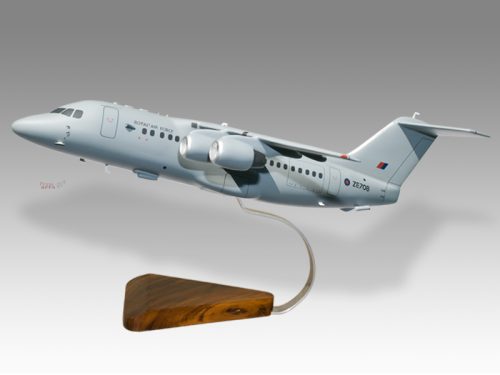

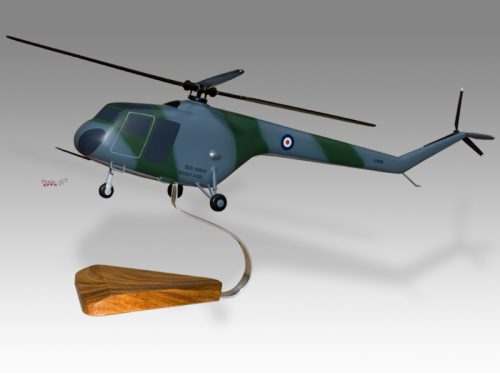
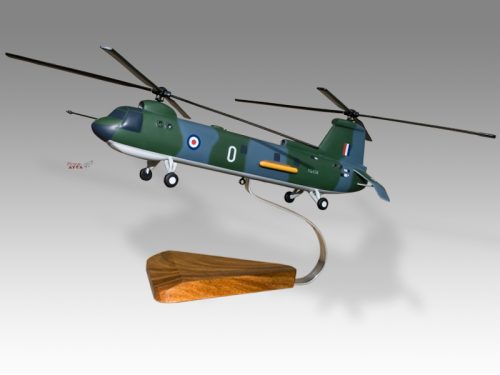

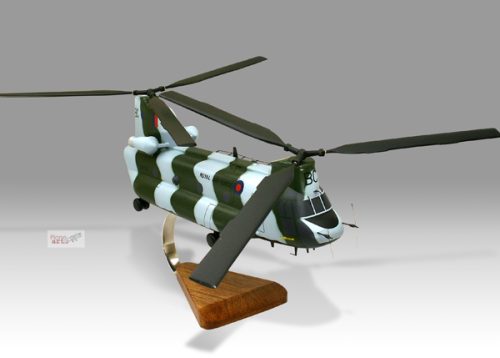
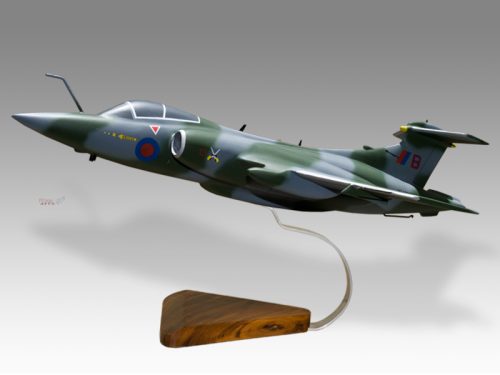
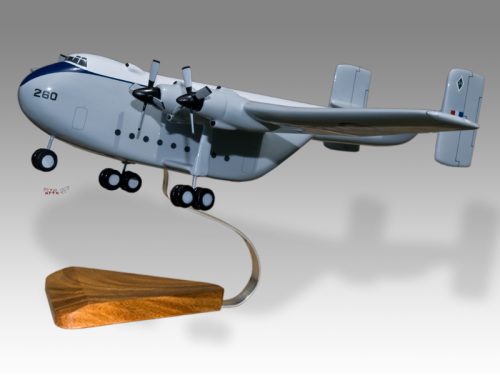
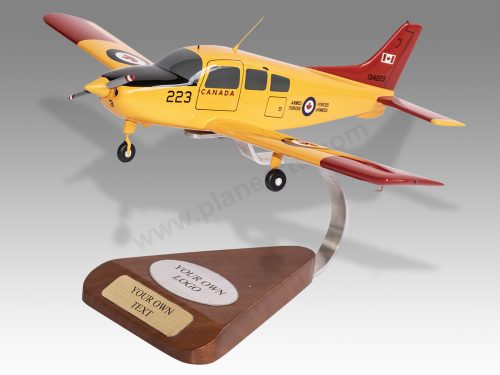
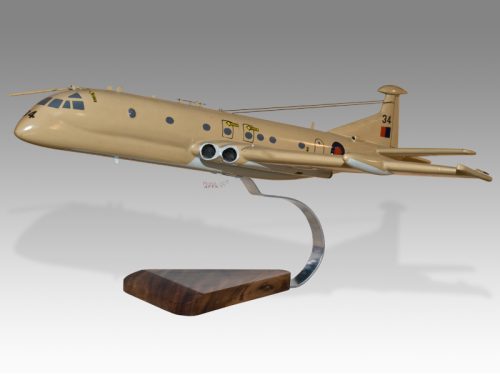

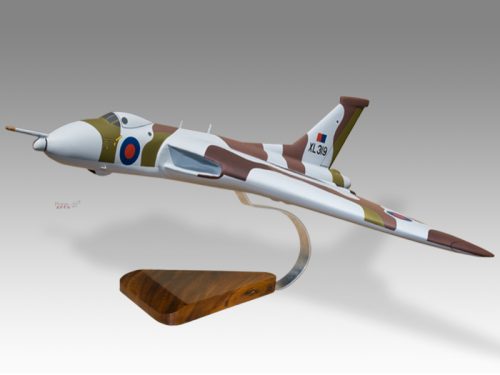
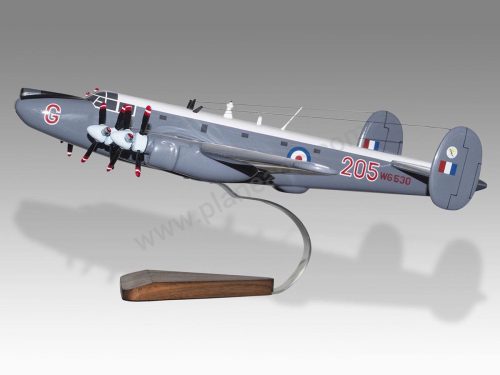

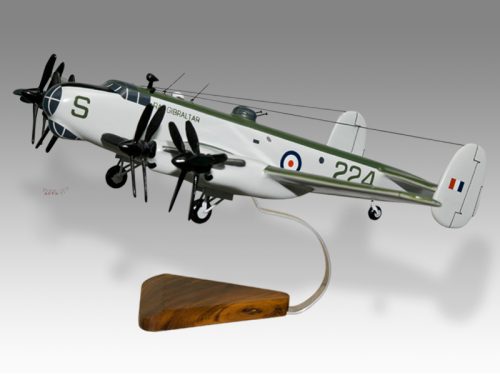
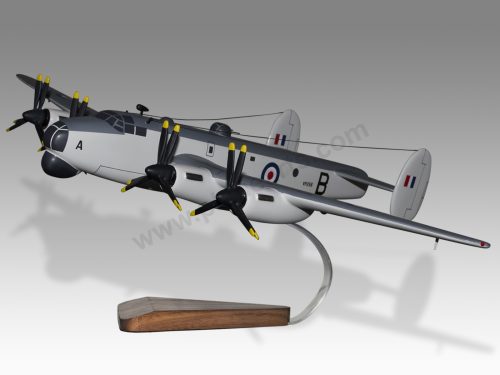
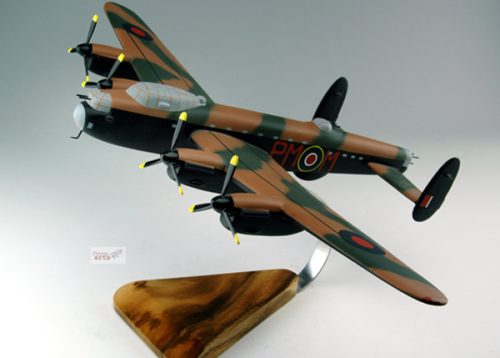
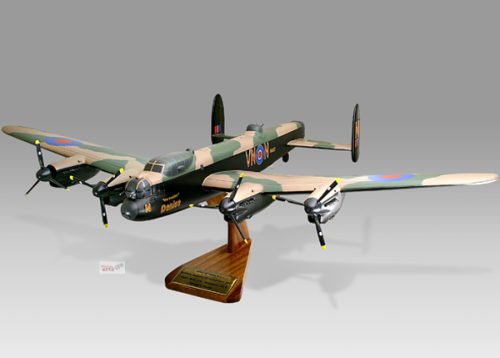
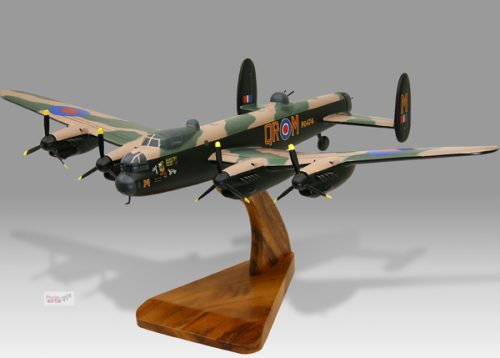


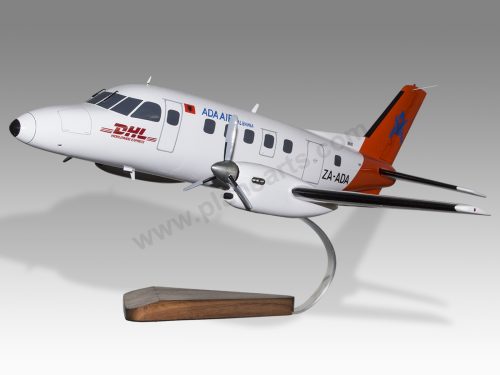

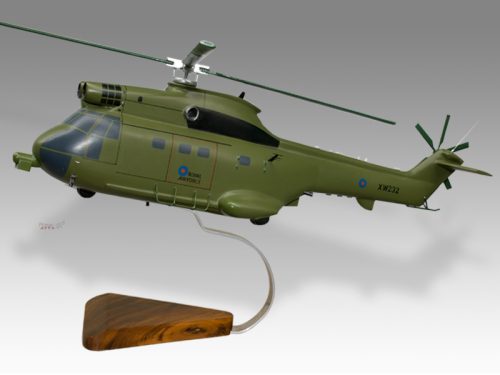

Reviews
There are no reviews yet.